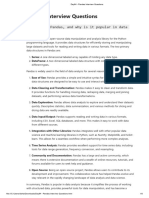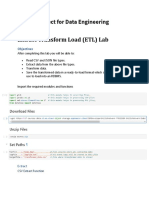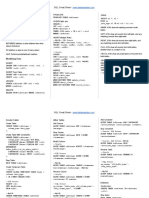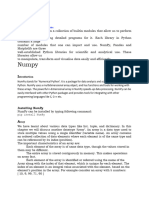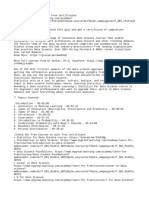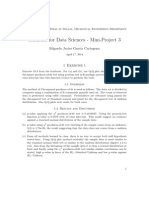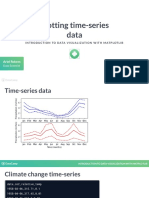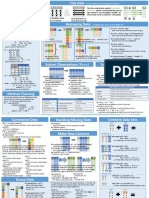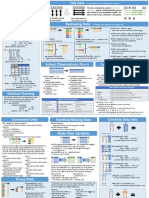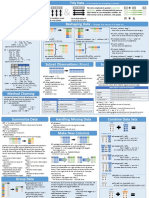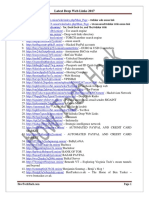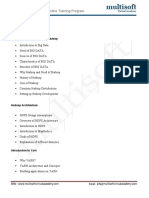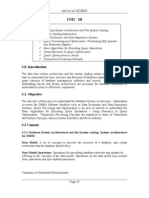100% found this document useful (2 votes)
282 views6 pagesPandas Data Wrangling Cheat Sheet
The document discusses pandas, a Python library for data analysis and manipulation. It provides a cheat sheet of pandas syntax and methods for working with DataFrames. Key points covered include:
- Creating and manipulating DataFrames
- Reshaping data through operations like melt, pivot, and concatenation
- Filtering and subsetting DataFrames
- Grouping and aggregating data
- Handling missing data
- Visualizing data through plotting methods
Uploaded by
shan halderCopyright
© © All Rights Reserved
We take content rights seriously. If you suspect this is your content, claim it here.
Available Formats
Download as PDF, TXT or read online on Scribd
100% found this document useful (2 votes)
282 views6 pagesPandas Data Wrangling Cheat Sheet
The document discusses pandas, a Python library for data analysis and manipulation. It provides a cheat sheet of pandas syntax and methods for working with DataFrames. Key points covered include:
- Creating and manipulating DataFrames
- Reshaping data through operations like melt, pivot, and concatenation
- Filtering and subsetting DataFrames
- Grouping and aggregating data
- Handling missing data
- Visualizing data through plotting methods
Uploaded by
shan halderCopyright
© © All Rights Reserved
We take content rights seriously. If you suspect this is your content, claim it here.
Available Formats
Download as PDF, TXT or read online on Scribd
/ 6










